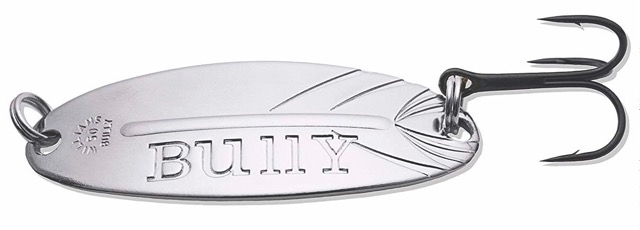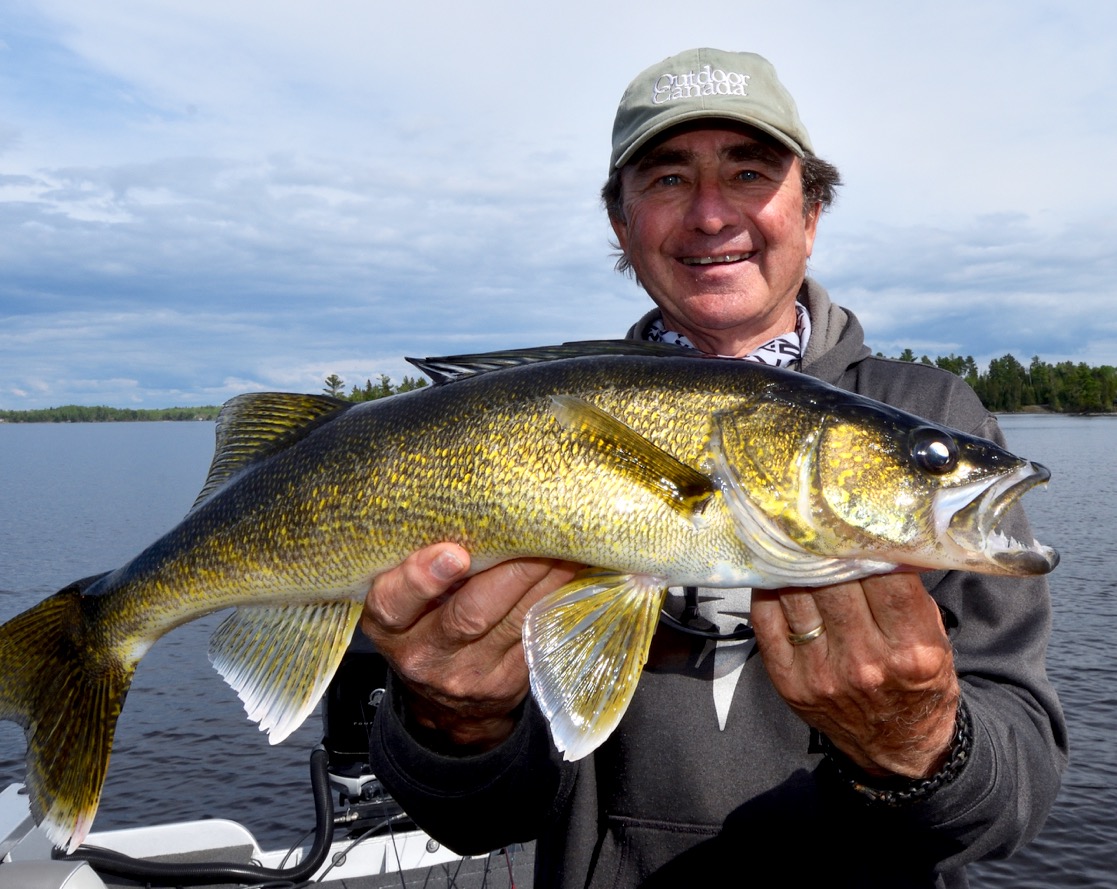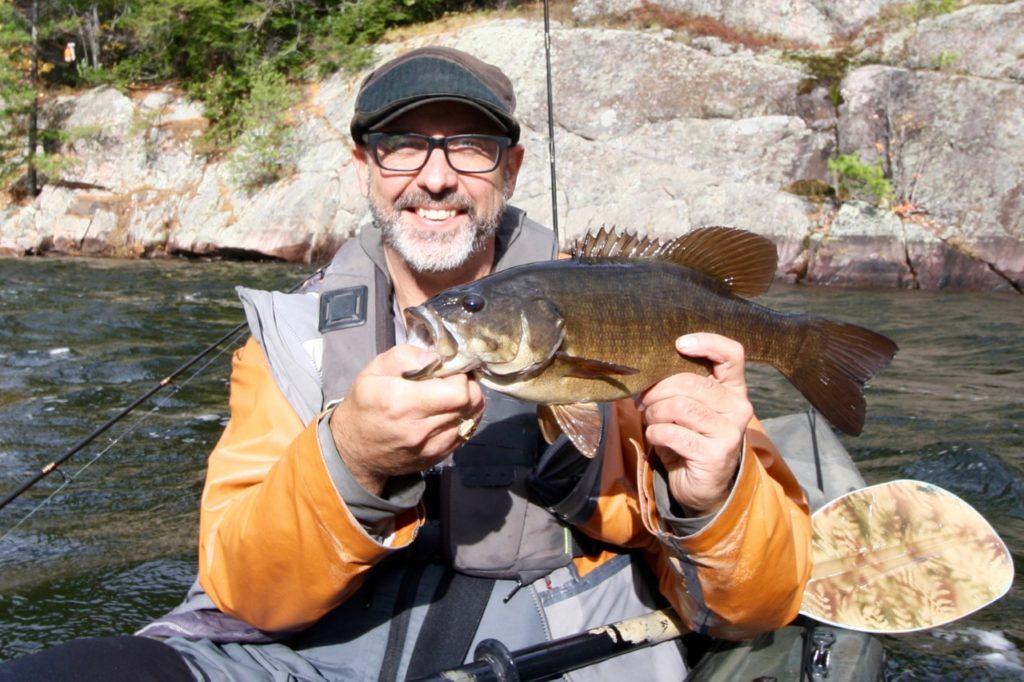FALL FRENZY
How to make autumn’s topsy-turvy conditions work in your favour to tackle more trophy fish
Advertisement
#4 THROW BLADES AND SPOONS
Once I find a patch of gravel or a change in the bottom composition, I’ll drop a marker buoy over top of it, then back away so I can cover it thoroughly with a series of casts. When fishing for walleye and smallmouth bass under this scenario, the two lures I tie on most often are ¾-ounce blade baits and spoons such as the William’s Bully.
Advertisement
The key characteristic of both lures is that they’re compact and heavy, so they get down to the bottom quickly when you briskly pump them, pause and let them sink. When you do that as fast as you can early in the season, almost every fish that slams your lure will be a smallmouth bass. Pause just a fraction of a second longer on the drop, however, and a disproportionate number of your catches will be walleye. It’s uncanny.
As fall evolves and the water temperature continues its relentless dive, I change my retrieve. Now I quickly pull up the blade bait a foot or so, just fast enough that I can feel it vibrate, then stop and let it fall back to the bottom. I do the same thing with the spoon, but pop it up much more subtly with the rod tip before letting it fall back to the bottom.

On some days, a rhythmic hop-fall-hop pattern will produce the most action; on other days, you’ll discover that the fish want the lure to fall and lie on the sand, pebble, stone or muck bottom as though it were a dead baitfish. It’s simply amazing how bass and walleye will not hesitate to pick up the lure and hold it for an interminably long time in their mouths. My only explanation for this is that the frigid water has dulled their senses.
Advertisement


